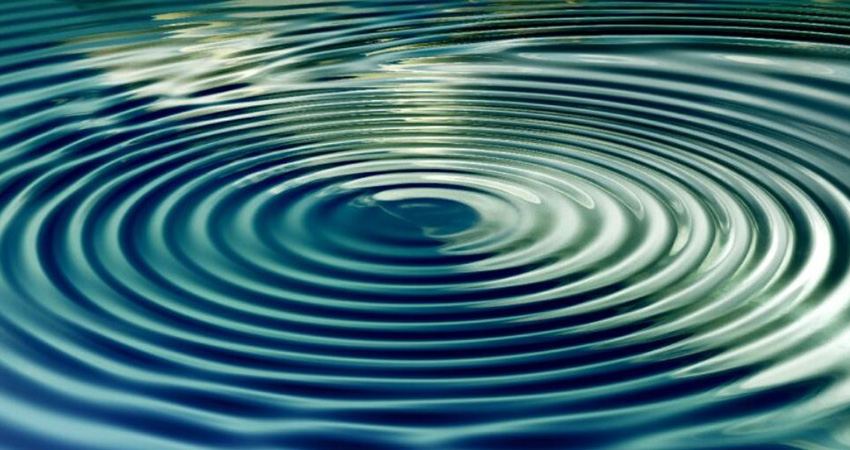EU performs well in Water Circular Economy Index

-
 Editorial Team
Editorial Team
Share article:
In the European Union 24 Member States perform well in a Water Circular Economy Index (WCEI). This index is produced by two Swiss researchers from the ETH university in Zurich. It is based on three pillars of a water circular economy, namely decreasing, optimising, and retaining water.
The researchers from the university ETH Zurich have examined the status of water management across 132 countries, including the 27 EU Member States. The research was published in April in the Chemical Society Reviews Journal. The findings not only pinpoint criticalities and bottlenecks but also offer actionable insights for policymakers, environmentalists and stakeholders.
Indicators
The researchers identified eight relevant indicators to be able to categorize circular water management in every country. They looked at water stress (1), tap water price per Gross Domestic Product (GDP) per capita (2), water use efficiency (3), the degree of integrated water resource management implementation (4), proportion of safely treated domestic wastewater flows (5), total population with access to safe drinking water (6), drinking water quality (7), proportion of hydrological basins showing high surface water extent changes (8). Most of these indicators coincide with the targets of Sustainable Development Goal 6 (SDG 6) aiming for clean water and sanitation.

Source: The circular economy of water across the six continents.
Belgium as a role model
Co-researcher Mohammad Peydayesh a scientist and lecturer at ETH Zurich, told Water News Europe that Belgium is a role model for other countries. He said that according to data from the Food and Agriculture Organization (FAO) of the United Nations the last decennia water stress in Belgium is continuously decreasing. Probably due to the scarce water resources of this Member State they are using their water wisely. Peydayesh: “Belgium is a representative case of an industrialised country with high water consumption that shows a steadily decreasing curve in water stress over the last five decades, achieved by applying the water principles of reduce, reuse, recycle, reclaim, recover and restore.”
Belgian achievements
“The country has embraced decentralised solutions as an alternative to centralised infrastructure, particularly for smaller scales such as individual households, neighbourhoods, or districts. Decentralised water systems promote infrastructure conservation, reuse, and resiliency while reducing replacement costs. Additionally, by implementing digital water systems and smart water grids, the country minimised water losses and enhanced monitoring and reporting on water quality, quantity, and reuse. Lastly, Belgium revised water prices by considering abstraction, use, and pollution. By implementing a redesigned tariff structure, the country induced water-efficient consumer behaviour, lowered operational costs, and ensured cost recovery for water utilities”, says Peydayesh.
European performance
In the European Union 25 countries are categorized in the leading Water Circular Economy Index. The other EU countries are in the next category. Worldwide Asia and Africa are not performing well according to the Water Circular Economy Index.
Source: The circular economy of water across the six continents.












